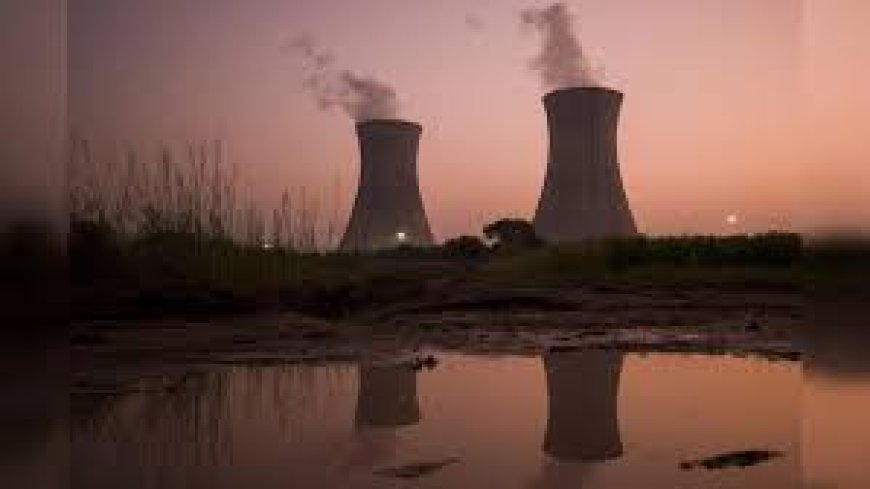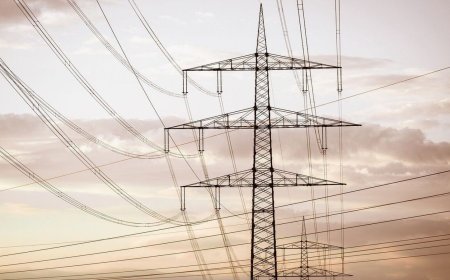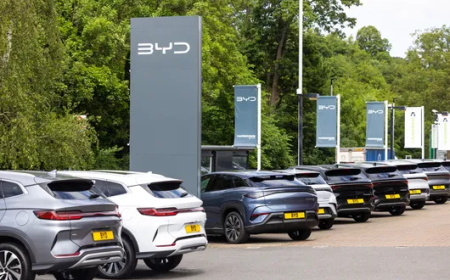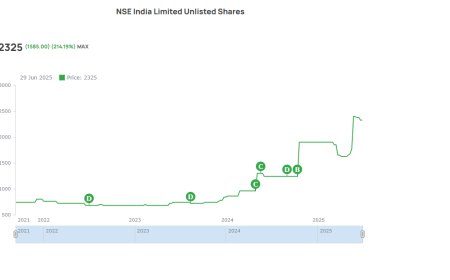India eases sulphur emission rules for coal power plants, reversing decade-old mandate
India has eased sulphur dioxide emission norms for coal-based power plants, reversing a 2015 mandate. Industry gains relief, but environmental concerns rise.

New Delhi, July 12, 2025 — In a significant regulatory rollback, India has officially eased sulphur dioxide (SO₂) emission norms for its coal-based thermal power plants, effectively reversing a landmark mandate introduced nearly a decade ago. The Ministry of Environment, Forest and Climate Change (MoEFCC) announced the change late Thursday evening, citing implementation challenges, cost concerns, and the need to balance energy security with environmental goals.
A Decade-Long Struggle Ends in Policy Shift
The relaxed norms are part of a broader revision of environmental standards initially imposed in 2015, which required coal plants to install flue gas desulphurization (FGD) units to cut sulphur dioxide emissions. The deadline for compliance had been extended multiple times due to industry pushback, and now, for many plants, the requirement is either significantly diluted or entirely lifted.
The revised policy allows older thermal power plants—especially those located far from dense population centers—to continue operations without installing FGDs, provided they maintain a revised, less stringent emission cap. For newer and urban-adjacent plants, stricter norms still apply, but even these have seen more flexibility in timelines and enforcement.
Government's Justification: Pragmatism Over Idealism
According to the MoEFCC, the easing of norms is aimed at ensuring uninterrupted electricity supply amid growing demand, especially during peak summer and monsoon months.
“India is committed to its climate and pollution control goals, but implementation must be pragmatic. We must recognize technical, logistical, and financial constraints on older plants,” the ministry said in a statement.
The Central Electricity Authority (CEA), which advised on the new norms, noted that the high cost of retrofitting older units with FGDs—estimated at over ₹1 crore per megawatt—made compliance economically unviable for many operators.
Industry Reaction: Relief and Renewed Investment Confidence
Industry stakeholders, particularly state-run utilities and independent power producers (IPPs), welcomed the move. Shares of key power companies such as NTPC, Tata Power, and JSW Energy saw modest gains on Friday, buoyed by the reduced capital expenditure (capex) pressure.
“The relaxation removes a major overhang for legacy assets. This will help improve return on equity and cash flow in the short term,” said Sandeep Maheshwari, Senior Analyst at Kotak Institutional Equities.
“While green transition remains the long-term goal, near-term stability in power supply is paramount. This is a realistic move,” added Maheshwari.
Tata Power, one of the companies with several older-generation coal units, noted that the policy shift provides much-needed breathing space for players in the transition to cleaner energy.
Environmental Concerns: A Step Backward?
Environmental activists and public health experts have strongly criticized the move, warning of increased respiratory health risks and long-term environmental damage. They argue that sulphur dioxide is a major contributor to air pollution and acid rain and that India’s urban centers are already among the world’s most polluted.
“This decision sets a worrying precedent. Instead of pushing technological upgrades, the government has capitulated to industry pressure,” said Sunita Narain, Director-General of the Centre for Science and Environment (CSE).
A report by the Health Effects Institute found that SO₂ emissions from coal plants contribute to thousands of premature deaths annually in India. The easing of norms, critics say, could exacerbate these numbers.
Global Context: Climate Goals Under Pressure
India, the world’s third-largest emitter of greenhouse gases, had committed to reducing emission intensity and expanding non-fossil energy capacity under the Paris Agreement and subsequent COP summits. The rollback of emission standards raises questions about India's ability to meet its Nationally Determined Contributions (NDCs) by 2030.
“This could hurt India’s international climate credibility, especially ahead of the COP30 negotiations,” said Aarti Khosla, Director at Climate Trends.
Investor Outlook: Short-Term Gains, Long-Term Risks
From an investor perspective, the relaxation provides immediate relief and could drive improved earnings for coal-heavy utilities. However, ESG-focused funds and foreign institutional investors may view the regulatory rollback as a red flag.
“There’s a clear tension between domestic economic priorities and global sustainability expectations. Investors must weigh short-term profitability against long-term reputational and regulatory risks,” said Rajeev Jain, Energy Sector Specialist at ICICI Prudential AMC.
Jain emphasized that while the eased norms may revive investment appetite in legacy coal projects, they could also complicate India’s access to green financing and carbon markets in the future.
The Road Ahead
While the easing of sulphur emission norms may bring operational and financial relief to coal power producers, it also signals a recalibration of India’s energy-environment policy balance. The challenge now lies in ensuring that economic growth and energy security are not achieved at the cost of public health and environmental sustainability.
Analysts expect further policy developments, particularly around carbon pricing and renewable incentives, to follow in the coming quarters as India prepares its updated climate roadmap.
What's Your Reaction?
 Like
0
Like
0
 Dislike
0
Dislike
0
 Love
0
Love
0
 Funny
0
Funny
0
 Angry
0
Angry
0
 Sad
0
Sad
0
 Wow
0
Wow
0












































































